The offshore wind industry in Scotland has seen massive growth in recent years but there are fears the pace of its rapid expansion may be about to slow.
It is now among the biggest construction industries north of the border as huge wind farms take shape in our waters.
But dark clouds continue to gather for offshore wind across the UK and abroad.
Factors hampering new developments in Britain’s seas include soaring costs and funding uncertainties.
European offshore wind developers facing gusty headwinds
Wind developers across Europe are trying to deal with major challenges including higher costs for turbines and supply-chain bottlenecks, as well as difficulty securing financing for new projects.
In the US, the recent cancellation of two large schemes off New Jersey are the latest in a series of setbacks for the country’s nascent offshore wind industry. This came after developers axed power contacts for three projects deemed no longer financially viable.
900 turbines already spinning in Scottish waters
Few people could doubt the economic value of the wave of new wind farms being constructed in Scottish waters.
Their installation means billions of pounds of investment and thousands of jobs created.
Scottish Renewables (SR) is the voice of the renewable energy industry north of the border. Its vision is for the country to lead the world in renewable energy.
SR’s figures show there are already more than 900 turbines spinning off the Scottish coast, powering the grid with 2.6 gigawatts (GW) of offshore wind energy.
And there is a lot more to come in the future. Scotland has a further 8.3GW in construction or advanced development.
Crown Estate Scotland’s offshore wind leasing round, ScotWind, has the potential to deliver up to 27GW of additional capacity and between £20-£30billion of investment in the decades to come.
Recent developments
One of the most recent positive announcements for the sector north of the border came just a few weeks ago when Flotation Energy signed exclusivity agreements with Vargronn for two floating wind farms off the north-east coast.
It is hoped they will produce enough energy for 2.4 million UK homes and create thousands of jobs during construction.
And this followed news that Scotland’s largest offshore wind farm, Seagreen, off Angus, was fully operational and able to generate enough power for nearly 1.6million homes.
We’re proud to announce that with our partner @Vårgrønn, we’ve signed the exclusivity agreements for our UKCS Green Volt and Cenos developments under @CrownEstateScot's INTOG round.
To read the release in full: https://t.co/wSlRyx0YUC#PlatformElectrification #FloatingWind pic.twitter.com/DRofHE1cbp
— FlotationEnergy (@FlotationEnergy) November 2, 2023
But Britain’s offshore wind sector faces increasingly-choppy waters.
There is growing competition for construction skills from mainland Europe, the US and China.
And net-zero ambitions suffered a setback in September, when UK offshore wind farm developers put question marks against new projects because of a shortfall in government funding.
No new developments were included in the last annual round of wind energy contracts.
Offshore wind’s ‘strike price’ challenge
Five major schemes, with a total capacity of 5GW, were eligible for deals to boost Britain’s offshore wind output – but there were no bidders. Industry sources said the government had failed to offer a high enough “strike price” for firms’ wind energy.
The outcome was a blow to the government’s ambitions to install 50GW of offshore capacity by 2030, and remove fossil fuels from the electricity grid altogether by 2035.
There was recently a positive development when it emerged Westminster will increase its financial support for new wind farms in UK waters.
But it remains to be seen if the government has loosened the purse strings enough.
Meanwhile, SR has set out what ministers must do if the sector is to maintain its position as a world leader.
In a letter to Chancellor Jeremy Hunt, the trade body highlighted the need for an urgent strategy to address investor confidence and attractiveness, as well as action to encourage renewable-energy technologies including offshore wind and hydro-power.
SR also urged Westminster to help create a level playing field for Scottish renewable-energy projects. This is vital if the UK is to lower consumer bills, secure its energy supply and hit net-zero targets, it said.
Trade body’s letter to the chancellor
Claire Mack, chief executive, SR, added: “High inflation and capital costs have been felt by the entire energy sector, placing significant pressure on clean energy projects and associated supply chains.
“These increased development costs are keenly felt in Scotland, where offshore wind farms are 20% more expensive than those in English waters due to outdated ‘transmission network use of system charges’, with catastrophic future projections announced by the electricity systems operator.
“Our industry is increasingly under threat from international competition for the supply chains, financing and skilled workers needed to build a net-zero economy.”
Ms Mack continued: “The US Inflation Reduction Act and the EU’s REPowerEU plan both have measures which are pulling critical private investments for the clean energy transition away from the UK.
“Timely and decisive action is, therefore, urgently required to create the stable policy environment essential for building long-term, international investor confidence in Scotland and the UK’s renewable energy industry. Put simply, we cannot afford to forfeit the UK’s global advantage as an early mover in the race for clean, cheap energy.”
What will next general-election bring?
Of course, there may soon be a change in political leadership in Westminster. An ousting of the Tories could lead to more financial support for offshore wind projects.
Labour is currently the strong favourite to win the next UK general-election, which must be held by the start of 2025. The party wants to ban new oil and gas developments in the North Sea, and make a shift to renewable energy. Exact details of what a Labour government cwould mean for the future of the offshore wind sector have yet to emerge.
Big wind projects powering ahead
Scottish firm Flotation Energy and Norwegian company Vargronn have signed exclusivity agreements for two north-east floating offshore wind developments.
The projects could provide electricity to oil and gas platforms, significantly reducing carbon emissions from the assets. It is estimated the two schemes, named Green Volt and Cenos, will also generate enough energy to power more than 2.4million homes.
They are forecast to create more than 8,000 jobs during construction and several hundred more in the operational phase, delivering about £6bn in value to the economy.
In addition, the two wind schemes are expected to be among the most advanced in Europe.
Former deputy first minister says wind farm projects have ‘critical role’
Flotation chief executive Nicol Stephen, a former deputy first minister, said: “Our Green Volt and Cenos projects will play a critical role in speeding up the energy transition, strengthening Scotland’s position as a global leader in floating wind.
“Participating oil and gas platforms will have electricity, currently generated by gas and diesel turbines, replaced by renewable energy.
“The wind farms will also deliver power back to the UK grid.”
The ex-Aberdeen South MSP and former Scottish Liberal Democrats leader added: “In an era where the cost of living is at an all-time high, offshore wind provides an effective, low-cost solution to help the UK tackle climate change and deliver long-term renewable power.”
Green Volt and Cenos could save around three million tonnes of carbon each year.
Seagreen fully up and running
Meanwhile, Scotland’s largest existing offshore wind farm is now fully operational.
The 114-turbine Seagreen development is said to be able to generate enough energy to power almost 1.6million homes.
Seagreen is a joint venture between TotalEnergies and SSE Renewables and one of the largest construction projects ever undertaken in Scotland. The two developers say it gave a £1bn-plus economic boost to the economy during construction, supporting around 4,000 Scottish jobs.
Situated off the Angus coast, the wind farm has an operations and maintenance base at Montrose Port.
The giant wind farm is also said to be able to displace in excess of two million tonnes of carbon dioxide from electricity generated by fossil fuels every year.
SSE Renewables managing director Stephen Wheeler said: “The Seagreen project has pushed new boundaries through its use of innovative suction caisson technology which has allowed our project team to set new records through the installation of the world’s deepest fixed-bottom foundations.
“This makes Seagreen a pioneer for future developments in deeper waters – so they can be built faster and more efficiently, accelerating the clean energy transition.”
‘We need many more Seagreens’
SSE group chief executive Alistair Phillips-Davies said Seagreen’s ability to power up to 1.6m homes “will make a significant contribution to energy security and extend Scotland and the UK’s leadership in clean energy generation”.
But Mr Phillips-Davies warned: “If we are to fully realise this country’s potential, we need many more Seagreens. We look forward to working with governments, partners, investors and local communities to bring more landmark projects like this forward in the future.”
The first Seagreen turbine was put in at the end of 2021, with initial power achieved in August 2022 in advance of installation of the final turbine on the site earlier this year.
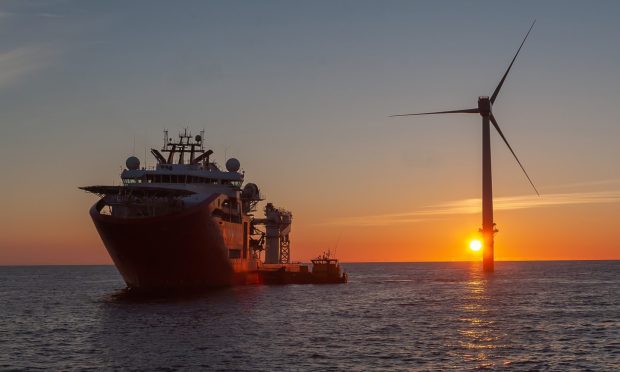
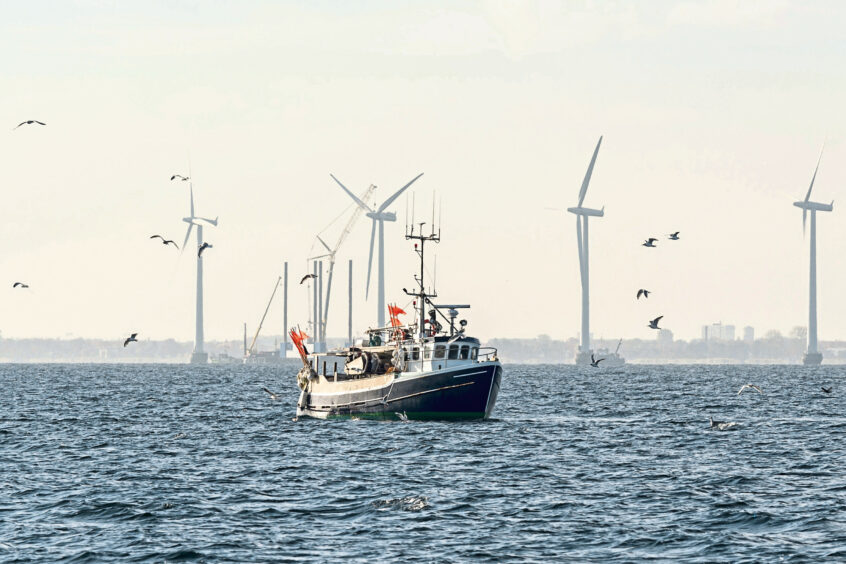
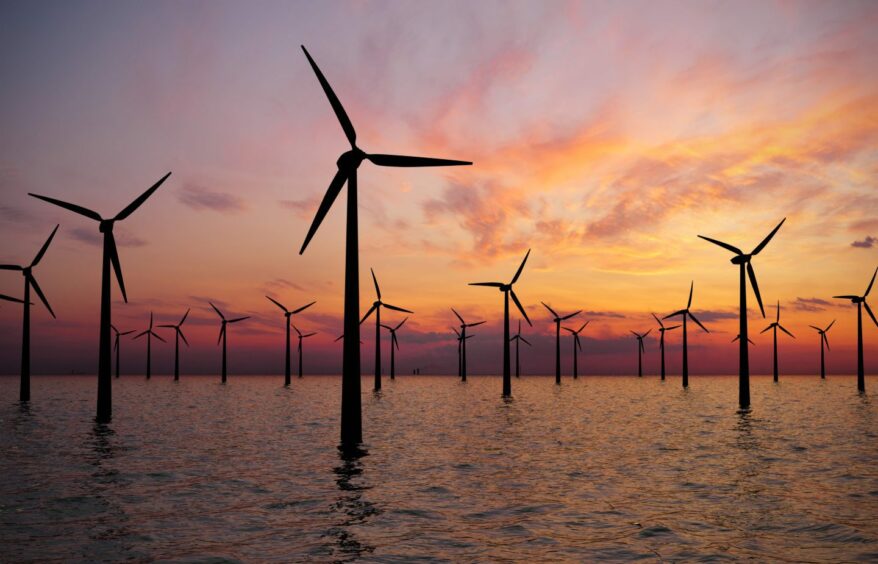

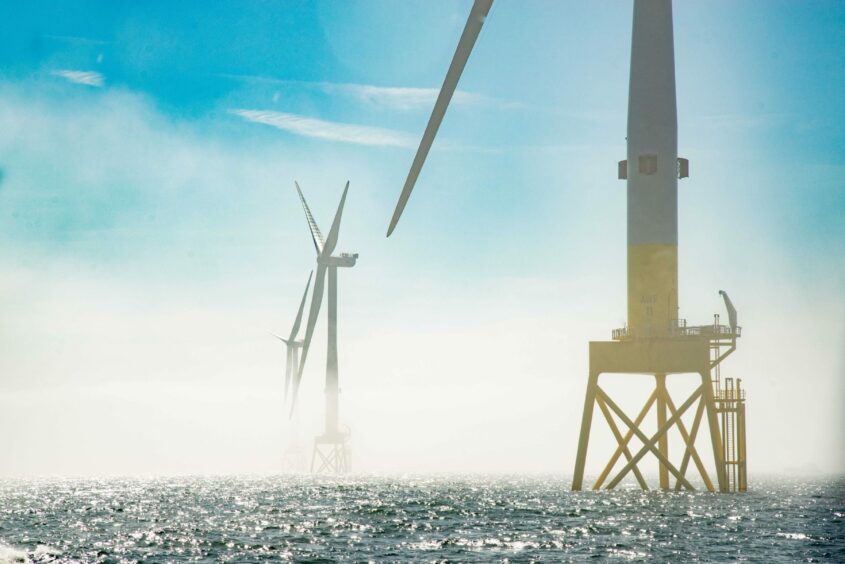

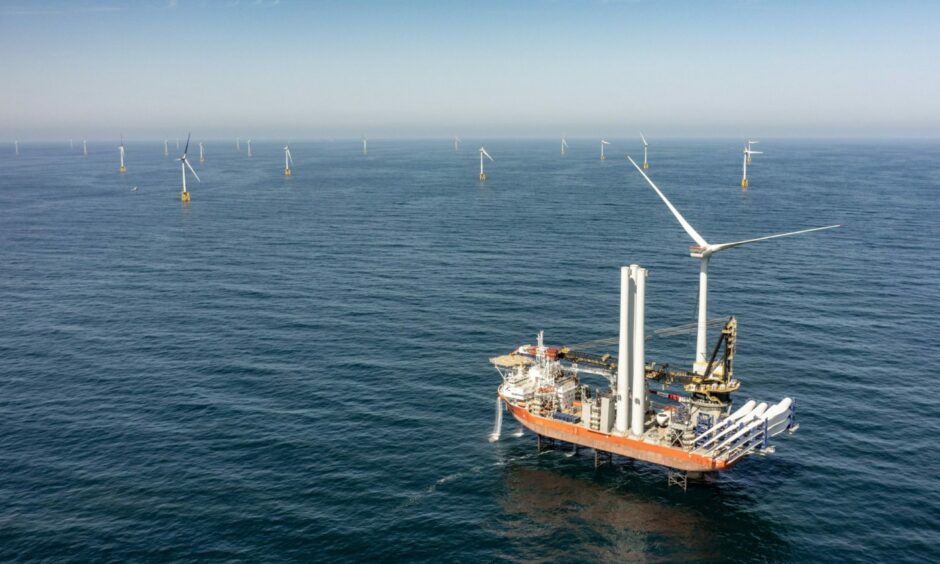
Conversation